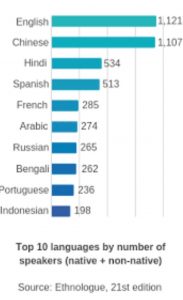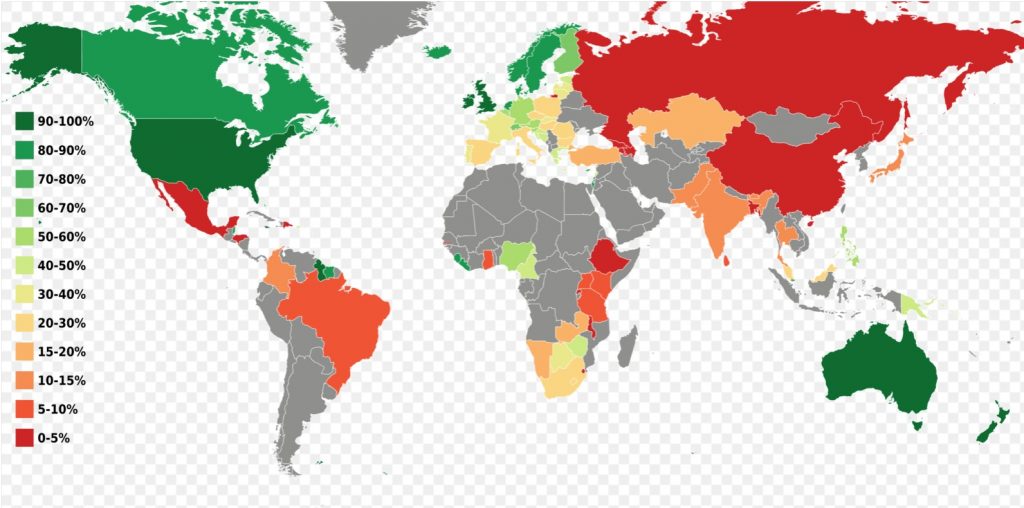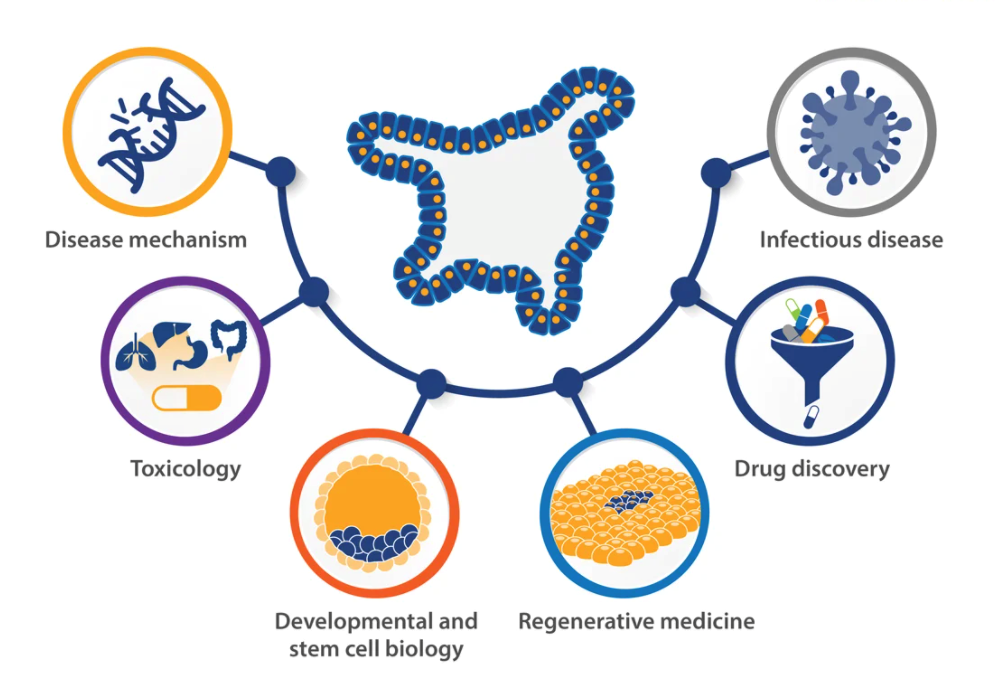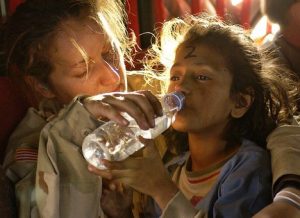Suzy Pett, Director of Studies, explores best practice for assessment and feedback.
Whilst cognitive scientists are increasingly enhancing our understanding of how students learn, to all intents and purposes, learning is still invisible. Sometimes we glimpse signs of learning: those eureka moments when a piece of knowledge suddenly clicks into place. But, to see the learning itself is a chimera.
Because of this, assessment and feedback is our bread and butter as teachers. We assess continually in a variety of ways to work out what has and hasn’t been learnt. It allows us to explore a student’s schema (network of knowledge), to put right misconceptions, to encourage individuals and to adapt our own teaching accordingly. In this way, we can make a myriad of adjustments to the way we teach to enhance student progress. Plus, with the help of cognitive science, we’re getting better at knowing what does and does not work in terms of assessment and feedback.
But, the idea of ‘assessment’ can strike fear into students. And, do students fully take on board our feedback, anyway? During our staff study day at the end of last half term, a group of us discussed our ethos surrounding assessment and feedback. It was important to refine our collective understanding of both these fundamental areas of pedagogy. With linear A Levels and GCSEs, we need to shine a light on our assessment methods, making the most of spaced and interleaved practice. But, we spoke, too, of students’ misunderstanding of the purpose of assessment and feedback.
We boiled down our ideas to a powerful message, drawing from our own experiences and in light of reading articles by David Didau, Tom Sherrington, Hattie, Clarke and the Education Endowment Foundation.
We want students to realise that:
- Assessment doesn’t just measure learning, it helps learning and it happens all the time in the classroom.
- Feedback is not a judgement on their ability but a spring-board towards further personal and academic development. Everything students do is part of a wider personal and academic endeavor.
- Feedback is an opportunity for reflection on, and ownership of, their learning.
Let’s dig a little deeper into these three ideas.

Assessment doesn’t just measure learning, it helps learning and it happens all the time in the classroom:
Assessment and testing turbo boost learning: They don’t just measure it, they propel it! The process of recalling knowledge strengthens long term memory; the process of collating ideas and organising them on the page helps consolidate schema. We want students to know this!
Lightness of touch, good humour and warmth: Frequent low stakes testing or quizzing (especially if spaced and/or interleaved) is fundamental in encoding ideas in the long term memory. And, it is an opportunity to quickly put right any misperceptions forming in the student’s mind. Regular testing, should, therefore not feel like a burden, but should be an opportunity to learn. As teachers, we need to help set the tone for this. With a lightness of touch, good humour and warmth, these low stakes tests can propel more rapid learning and can build student confidence. Our attitude must reflect this spirit.
Toggle between knowledge: We need to be aware, too, of the illusion of understanding. Pupils can perform well in a low stakes quiz, especially if the quiz reflects a unit of blocked learning. However, students might not necessarily be able to transfer the learning to another context, or be able to recall it in an exam which requires them to toggle between different sorts of knowledge (such as in the linear GCSE and A Levels). A longer, more formal, interleaved assessment or test is still important to gauge how students can pull together ideas from across their different schema. However, a refrain we often hear from students is “Is this an assessed piece of work?”, with rising levels of panic creeping into the voice. So, again, teachers need to position this sort of testing accordingly – as a chance for students to learn, rather than the teacher to judge.
Assessment happens continually, anyway: students need to realise this. As teachers, we’re not judging a one-off performance. Assessment is an ongoing process to help individuals make progress:
- It’s the checking of prior knowledge at the start of the lesson (helping students orientate new understanding within their existing schema)
- It’s the Q&A during lessons
- It’s the one-to-one discussions whilst the teacher is circulating when the class are working
- It’s the quick quiz during class time
- It’s the careful observation of student talk/work during activities
- It’s the mini plenary to judge how well new ideas have been assimilated
- It’s the exit card for teachers to work out how each individual has grasped the learning.
- NB: the verbal feedback in lessons and the one-to-one discussions are arguably the most powerful forms of feedback, more so than the written feedback on written work. Students should not underestimate this sort of feedback.

Feedback is not a judgement on student ability but a spring-board towards further personal and academic development. Everything they do is part of a wider personal/academic endeavor.
Low threat to self-esteem: One of the most striking discussions we had during staff study day was around the profound impact of feedback to bolster or demoralise students. An entire page of feedback on an essay may be well intentioned, but it can in fact deflate a student. Feedback is received best when there is a low rather than high threat to self-esteem, and we should be mindful of this. Instead, choosing to focus feedback on one particular skill, or on one particular element of the essay/test can be more impactful for the student, who can use it as a springboard for development.
Get off the hamster wheel! Learning is more that digesting ‘testable chunks’: Fortunately, WHS already has grit and resilience at the heart of the learning experience: growth mind set is firmly established amongst staff and students. However, we still need to beware to avoid assessment and feedback making students feel like they are on a hamster wheel. Instead of narrowing horizons to the next test or the next piece of feedback, it’s important for students to realise why this learning is important, beyond the looming GCSE and A Level. In giving feedback and when quizzing/assessing, we need to be sure that we keep our eyes on the whole and share this with students. Giving reminders of the wider canvas of the learning are key i.e. why is this knowledge/skill/technique important to our subject. Let’s even think beyond our subject divides and tap into our school’s STEAM ethos. We must keep at the forefront that what we are doing is unlocking the expansive, fascinating potential of our subject, not simply breaking it down into testable chunks. Feedback should remind students of this; it’s a chance to nurture their love of the subject.
Ditch the satnav: In contrast, David Didau has coined the term ‘satnav marking’, to indicate the sort of reductive mark that simply tells students the next steps. Whilst arguably useful in the immediate term, it makes a subject operate in a ‘paint by numbers’ capacity. We should avoid this sort of marking, instead encouraging students to think in nuanced ways about their work and their subject and their passions.

Feedback is an opportunity for reflection on, and ownership of, student learning.
If feedback is seen and not heard, it is pointless: Fundamental to feedback is students’ reflection on it. During out staff study day, we spoke about our sense that pupils often felt like they were doing the assessment/homework/test for us as teachers, rather than for themselves. By placing metacognition at the heart of the feedback process, we can shift this student misperception so that students take ownership of assessment and feedback as a personal learning process. Teachers need to carve out time and prioritise students taking on board the comments. Strategies were discussed, such as ‘DIRT’ time; students rewriting sections of their work; students responding to questions posed in the marking; students pre-reflecting on their work to allow teachers to respond to this in feedback; student tracking their marks/feedback using OneNote.
Give feedback on ‘best’ work: An idea that struck a chord was that students need to take ownership of their learning by the effort they invest in their work. There is little point in giving feedback on work students know isn’t their best…the feedback will just confirm what they already know. We need to give feedback on students’ ‘best’ work: i.e. work which is a result of high effort, in which students are invested and which shows ‘liminal learning’ (work which is pushing at the bounds of their capabilities). If this is the criterion for marking work, then students will want to see the feedback.
Self/peer assessment is not because we’re lazy! We also discussed the use of peer and self-assessment in allowing students to take ownership of their work. Whilst students often do not like this method of assessment, preferring the safety net of the teacher marking their work, we know that it develops metacognition. This is not a technique for lazy teachers not wanting to mark (as we suspect some students think!) but it is a vital tool for student self-reflection.
It’s about a whole school culture. Most important of all is for this mind set of ownership and self-reflection to be reinforced regularly across the school: it’s about a culture which comes from teachers, tutors, form times, PSHE peer counsellors, subject leaders.



























